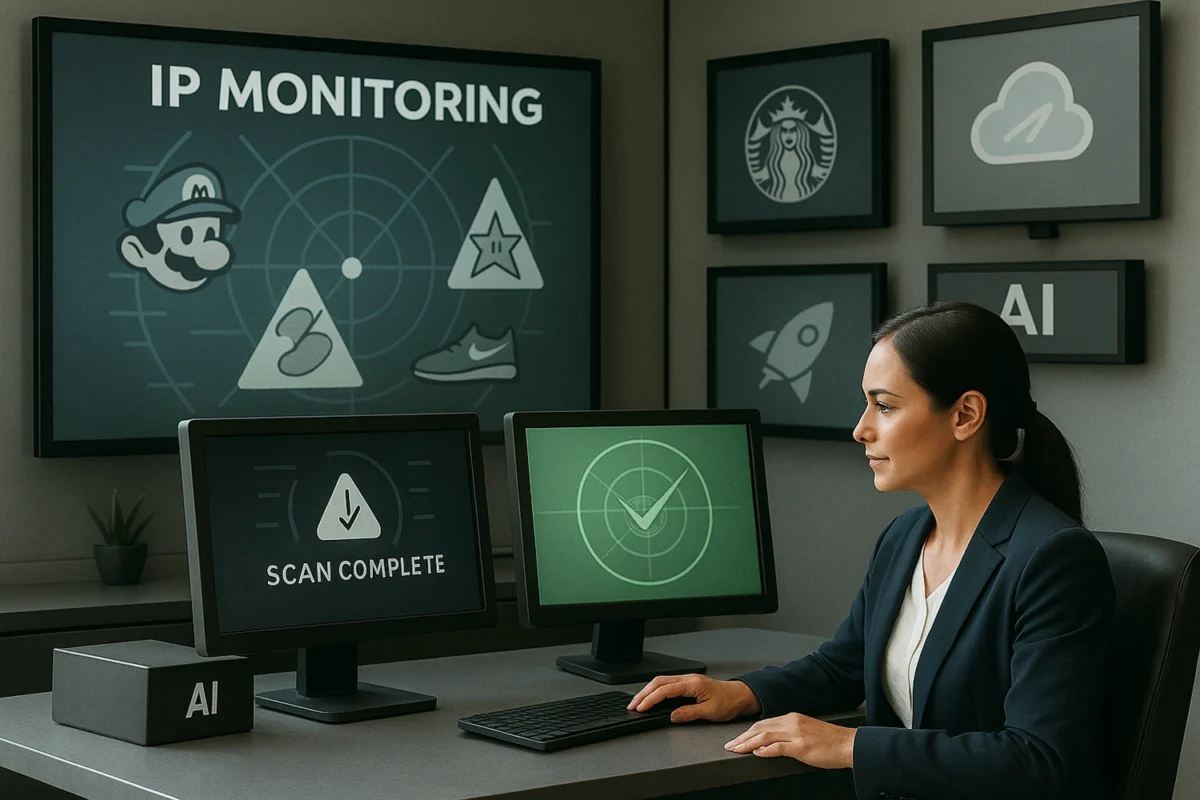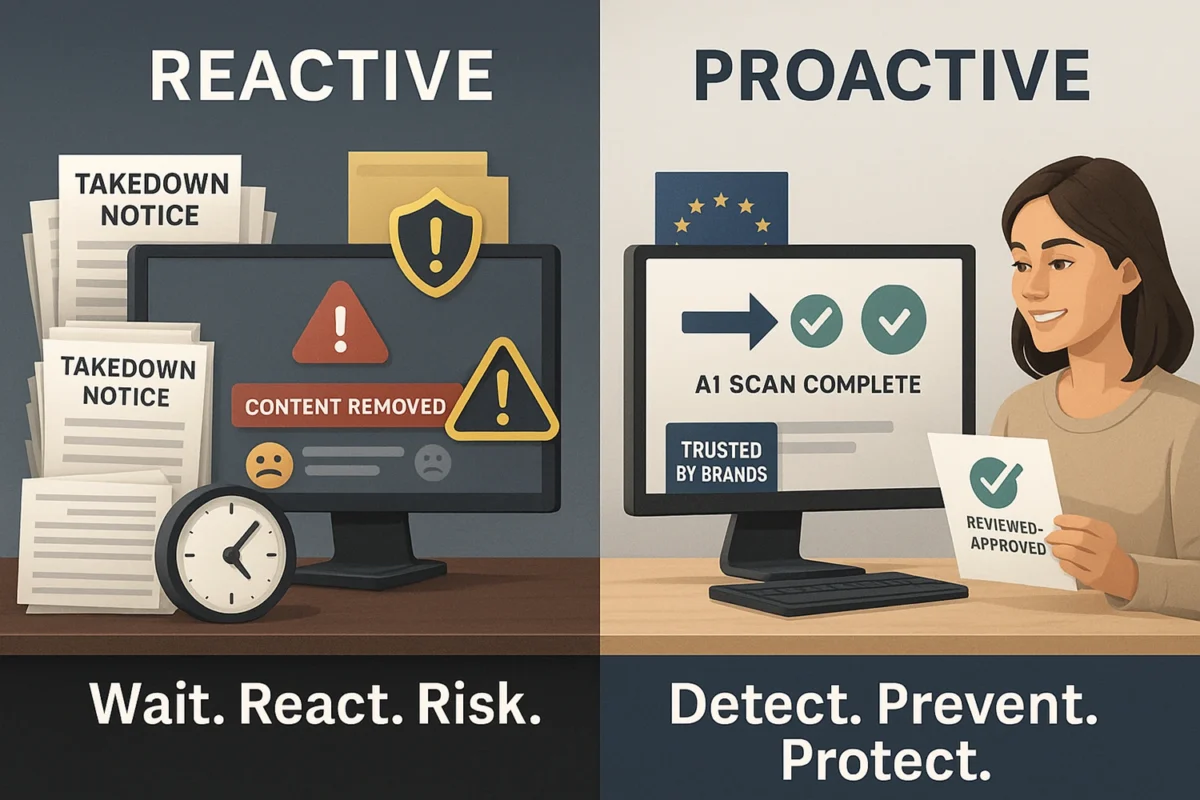How Long Does Copyright Protection Last? And Why Public Domain Isn’t Always Clear-Cut
At the start of 2024, Steamboat Willie — the first on-screen appearance of Mickey Mouse — officially entered the public domain in the U.S. Just a year earlier, A.A. Milne’s Winnie-the-Pooh joined the list.
These milestones got plenty of attention. And with that came a familiar wave of questions:
How long does copyright actually last?
Can you really use these characters now?
What’s allowed — and what isn’t?
For online platforms, these aren’t just theoretical questions. Misunderstanding how copyright works, especially around public domain material, can lead to serious problems: takedowns, legal disputes, or worse — accidental involvement in someone else’s IP violation.
The Basics: How Long Copyright Protection Lasts
The general rule in most countries is straightforward enough — at first glance:
Copyright lasts for the life of the creator, plus 70 years.
But not every work is created under that setup. For anonymous or corporate works (often referred to as “work for hire”), the timeline shifts. In those cases, protection typically lasts:
- 95 years from publication, or
- 120 years from creation — whichever expires first.
Once a work outlives that term, it enters the public domain. In theory, that means anyone can use it — copy it, remix it, adapt it, even sell it.
But in practice? It’s more complicated.
What Happens When a Work Technically Becomes Public Domain?
Let’s take Steamboat Willie. The 1928 cartoon that introduced Mickey Mouse can now be used freely. That specific version — the black-and-white animation, without gloves or refined features — is no longer protected by copyright.
That’s why we’ve already seen creative reinterpretations cropping up online. The same thing happened with Winnie-the-Pooh. Horror films, merchandise, memes — once something enters the public domain, people start to experiment.
But there’s a catch.
The Legal Grey Area: Derivative Works and Trademarks
Even if the first version of a character is in the clear, later versions might still be protected. That’s where people — and platforms — get caught out.
Mickey Mouse: Then vs. Now
Yes, Steamboat Willie is now public domain. But the Mickey Mouse most people recognise — with red shorts, gloves, and more expressive animation — came later. And those later versions are still protected.
What’s more, Mickey Mouse isn’t just a character. It’s a registered trademark. That means even if the 1928 cartoon is usable, anything resembling modern Mickey could still trigger legal issues.
Winnie-the-Pooh: Two Versions, Two Rules
The original 1926 book by A.A. Milne is public domain. That’s the version without the red shirt, without the round Disney styling, and without the voice millions associate with the character.
Disney’s Pooh — the one from the 1966 animation onwards — is still covered. And yes, the red shirt itself is trademarked. Recreate that version, even loosely, and you’re no longer in public domain territory.
Why This Matters for Online Platforms
If your platform hosts user-uploaded content — whether it’s a marketplace, print-on-demand service, or digital media hub — these lines really do matter.
Let’s say someone uploads a design of “classic Mickey” but it includes gloved hands or red shorts.
Or a “public domain Pooh” that’s wearing… you guessed it — a red shirt.
Or a mash-up using slogans, character names, or visual branding that still falls under trademark law.
That’s not harmless creativity. It’s a liability. And if the content goes live, it’s the platform that may be held responsible — not just the uploader.
How Infringio Helps You Tell the Difference
This is where things get nuanced. You don’t just need copyright detection. You need contextual IP detection — something that knows when a work is free to use, and when it crosses the line.
Infringio was built for this exact type of grey area. It gives platforms the ability to:
- Spot protected visual traits, logos, and character features that may still be covered by copyright or trademark
- Compare uploads to both public domain and active IP references, flagging potential misuse before it happens
- Scan at scale — reviewing product listings, social content, or user designs without manual bottlenecks
- Apply brand-specific rules, so you’re not relying on guesswork around complex rights issues
This isn’t just about stopping obvious infringement. It’s about catching the subtler forms — the ones that could slip through unnoticed but still cause trouble later.
Public Domain ≠ No Risk
The public domain grows every year. And with that, the number of users experimenting with newly freed content increases too. Not all of them understand the legal nuances. Some just assume if one version is okay, they can use anything.
That’s where platforms need protection — and clarity.
Infringio helps you review this content before it becomes a problem. So you’re not caught reacting to complaints, legal notices, or takedown demands after the fact.
Want to see how it works?
Get in touch to book a demo. We’ll walk you through how Infringio keeps your platform protected in a space where the lines between inspiration and infringement aren’t always obvious.
Disclaimer: Not Legal Advice
This content is provided for informational purposes only and does not constitute legal or professional advice. The information reflects our understanding as of the date of publication and may not apply to every situation or jurisdiction. You should consult qualified legal counsel for advice tailored to your specific circumstances. Any actions taken based on this content are at your own risk. Neither VISUA nor its affiliates accept liability for any losses or damages arising from the use of this information.
Book A DemoRELATED
Redbubble, Teespring, and the Lessons of IP Enforcement Failures
Reading Time: 3 minutesPrint-on-demand (POD) platforms empower creators to design and sell products without holding inventory. But with that power…
BlogHow AI Is Changing the Game in IP Enforcement
Reading Time: 2 minutesIP enforcement used to be simple: But today’s infringement landscape – especially for POD and UGC-heavy platforms…
BlogThe Future of IP Compliance – Proactive vs. Reactive Models
Reading Time: 2 minutesFor years, most platforms treated IP compliance as a reactive function: But the market – and the…
Blog


